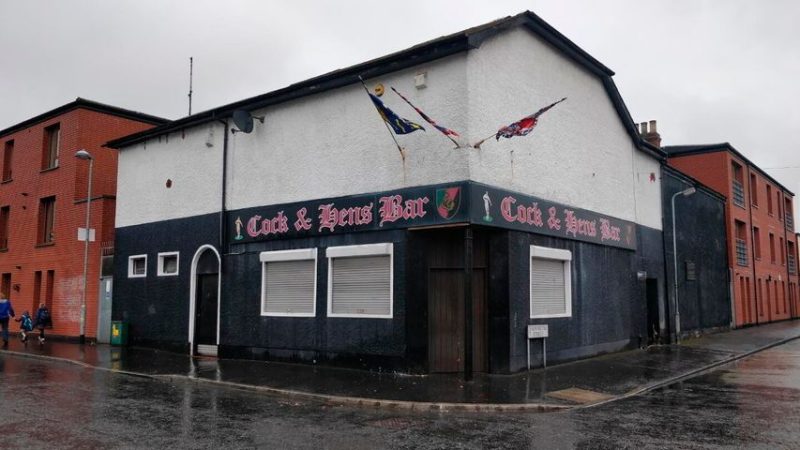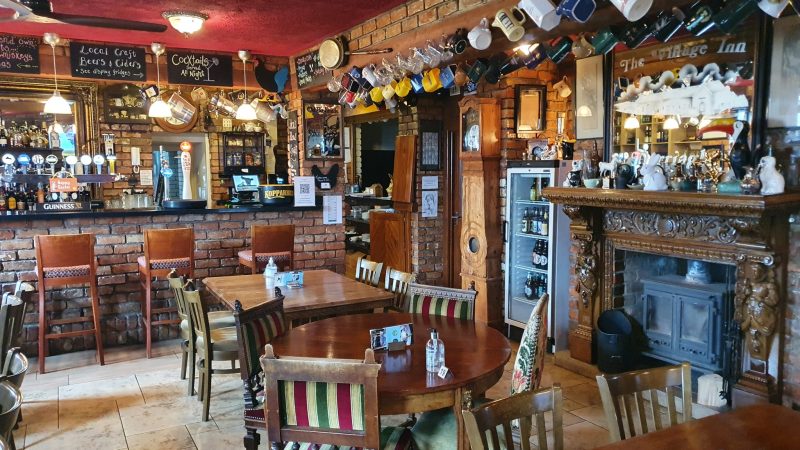Sustaining Strong Summer Stats: Hospitality Industry Faces Challenges

By: Janice Gault, Northern Ireland Hotels Federation CEO
Despite a lacklustre summer weather-wise, Northern Ireland’s hotel industry has displayed remarkable resilience, as per the latest data from STR.
August saw a remarkable 86.4% occupancy rate, marking the highest for 2023 thus far. The average daily rate (ADR) also remained robust at £104.94 year to date, leading many hotels to report their best-ever performance.
While short-term snapshots are encouraging, the industry remains cautiously optimistic, considering the challenges of staff shortages and escalating costs.
The removal of the upper age limit on apprenticeships is a step in the right direction, yet attracting and retaining a sufficient workforce to support current business levels remains a pressing concern.
Since May 2023, Northern Ireland’s hotels have thrived, strategically utilising the summer months to bolster reserves for leaner periods. The business landscape has shifted from a total reliance on domestic “staycations” giving way to the return of international visitors and a resumption of corporate trade.
However, the fluctuating costs pose a significant obstacle, making it challenging to set realistic pricing for future contracts, potentially impacting growth. Despite sustained occupancy levels and upward room rate trends, high inflation and increased operational costs have curtailed profits. In comparison to 2018, year-to-date occupancy figures still fall slightly short (74.7% in 2023 vs. 75.4% in 2018).
The domestic tourism market has become more price-sensitive, while the international market still recognises Northern Ireland as a great value destination offering an authentic experience.
Breaking it down, Belfast has maintained steady business across all sectors with occupancy and rate rising. Regional areas have grown rate seeing this as a priority over occupancy. Derry/Londonderry has shown notable growth across key performance indicators (KPIs), successfully incorporating new rooms without adversely affecting summer performance. Southwest Ulster has experienced growth in room rates but a drop in occupancy, while the resort-driven market in regional Northern Ireland has maintained occupancy levels while excelling at increasing ADR.
The slowdown in the construction pipeline presents both opportunities and uncertainties in the medium term – with only one notable additional new opening anticipated in 2023 (Room2 with a room count of 175 in Belfast). The Ebrington Hotel in Derry-Londonderry opened in July with 91 rooms in its initial phase. Looking ahead to 2024, the availability of new bedroom stock is expected to be limited. However, forecasting beyond this point becomes increasingly challenging, given the complex landscape. There are ambitious plans in the pipeline, encompassing aparthotels, new product for the North Coast, and expansions to existing establishments in Derry and Belfast. However, these ventures face uncertainty due to inflated construction costs, mounting pressure from interest rate hikes, and the ongoing cost-of-living crisis. Projects may not come to fruition or could proceed along an entirely different path.
Navigating this dynamic landscape necessitates data-driven decision-making and timely access to accurate information. As we proceed through 2023, the industry focuses on recalibrating business strategies, cost management, and efficient personnel deployment. It’s a juggling act that is likely to continue for the foreseeable future.







